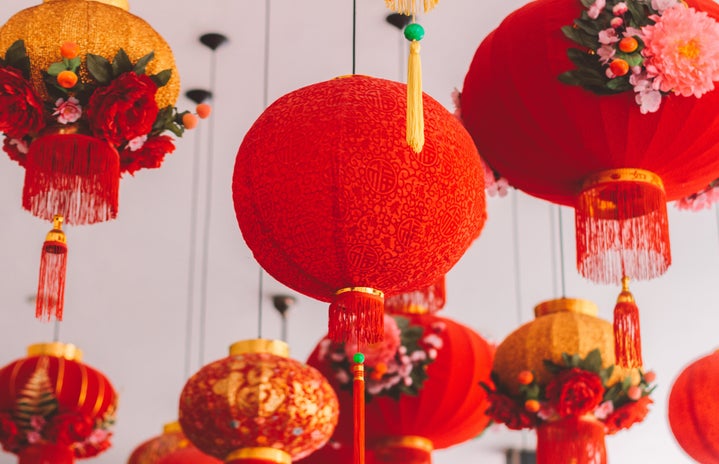Nestled within the bustling heart of Central London, Soho’s Chinatown is an unmissable sight. Embellished with luminous crimson lanterns and vibrant neon signs, this iconic enclave houses some of the most iconic East and Southeast Asian restaurants, and serves as a hub for the fostering of mutual cultural appreciation and understanding. But what lies beyond the infamous gateway arch that proudly stands at its entrance, or the perpetually busy streets that hum with activity even in the earliest hours of dawn? What stories are etched in every graffiti streak, in every face of those who have called this area home for generations?
Contrary to popular belief, the place we have come to know as Chinatown has not always looked this way. In fact, before the 1970s, Chinatown was a makeshift urban village located all the way in London’s East End. It was in Limehouse that the first Chinese sailors began settling down near the London Docklands, and from the 1880s to the 1960s, that, for them, was home.
Back then, Limehouse’s Chinatown was often described as an impoverished area, home to illicit “gambling businesses” and “opium dens”. It was through this commonly-pushed narrative that its notoriety as a slum was solidified. This was also partly catalyzed by Thomas Burke’s novel Limehouse Nights. The novel “…cemented stereotypes about prostitution, gambling and violence within the Chinese community,” despite the fact that Burke was not a resident of or even remotely familiar with the place at all. In one BBC documentary with Konnie Ho, who grew up in 1920s Chinatown, she recounted how exaggerated reports often dampened down the lived experiences of those who actually resided there. “Everybody knew everybody else,” she said, “and we were like one big family.”
During the Second World War, the Limehouse docks became a prime target for bombing and soon, relocation was no longer a choice, but a matter of survival. In the 1970s, paired with the influx of Hong Kong immigrants and Vietnamese asylum-seekers in the aftermath of the Vietnam War, Chinatown found its new home in Soho. While Soho now carries an entirely different connotation today, it was once dingy and run-down, so much so that threats of “demolition” from local authorities were commonplace. In spite of the challenges, Chinese entrepreneurs persisted, drawn by the allure of “low rents and property prices in such a strategic location.” Ironically, this contrasts sharply with the issues Chinatown faces today.
The problem now is that “big money international players” are seeping into the cracks of the Soho area, causing real estate prices to skyrocket by £70,000 overnight. As generations of family businesses are increasingly being pushed out of the market, restaurateur Sunny Lee fears that with these extortionate rent increases, “Chinatown as we know it now” will cease to exist. Furthermore, smaller Chinatown businesses are facing fierce competition from large Asia-based companies, some of which include Din Tai Fung in Covent Garden and Hai Di Lao in Piccadilly Circus, who have opened up their own respective chains simply for the “prestige” of having a presence in famed London.
As a Chinese-Indonesian myself, I personally find it quite upsetting to think of Chinatown as a dying industry. A place that was once predominantly family-run now sees a stark transformation into a manufactured business hub. This shift replaces a once strong sense of multi-ethnic solidarity born from shared experiences of displacement and a yearning to belong in a place that may not have initially accepted them. It reminds me to be mindful of where I dine, recognizing that for Chinatown’s residents, it’s not just a meal, but their livelihoods at stake.


